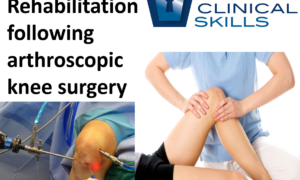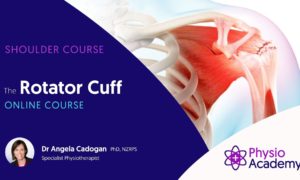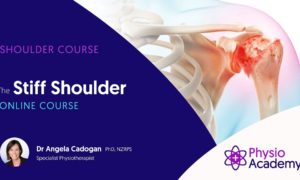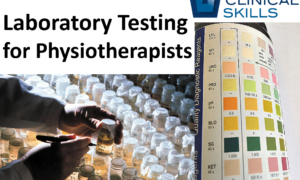- The ability to summarize current concepts surrounding ACL injury and outcome epidemiology.
- The capability to identify commonly experienced pitfalls that patients during the rehabilitation process who are status post ACL repair or reconstruction encounter.
- The capacity to identify potential opportunities for different members of the patient care team to interject their expertise while carrying out their professional responsibilities within their designated scope(s) of practice.
- The ability to develop a hypothetical model for the initial 8 weeks of the ACL rehabilitation process for a patient with regards to progressive exercise variability for normalization of their active and passive range of motion.
- Proficiency in developing a hypothetical model for the initial 8 weeks of the ACL rehabilitation process for a patient with regards to progressive exercise variability for normalization of their ambulation mechanics on both even and uneven ground and when ascending or descending stairs.
- The competence to write a hypothetical model for the initial 8 weeks of the ACL rehabilitation process for a patient with regards to progressive exercise variability for maintenance of a patient’s cardiorespiratory fitness and the re-patterning of their running and sprinting mechanics.
- The aptitude to construct logical progressive and regressive movement sequences for variations of the major squatting, lunging and hinging movement patterns during the initial 8 weeks of the ACL rehabilitation process for a patient.
- The capacity for programming open and closed kinetic chain interventions of different frequencies, intensities, and types while using graded movements comprised of varying tempos and muscle lengths for restoration of normal quadricep function to patients.
- The ability to verbalize the clinical reasoning and critical thinking skills in status post ACLr patients needed to justify and modify exercise interventions to facilitate the achievement of their needs and goals pertaining to their movement variability.
Part 1/4
Overview
Periodization programs for anterior cruciate ligament (ACL) pathologies within the rehabilitative and performance fields are desperately needed, but standardization and implementation are everywhere and really only hypothetical at this point. Through this course I want to teach, educate and improve upon what are the current outcomes for this pathology while demonstrating in video format progressively graded exercise that is periodized to best meet the demands of most field athletes who are status post ACL repair or reconstruction for return to sport. This course strives to educate providers within the sports medicine team on how to bridge the gap from the clinic to the field while utilizing and applying the best current research in rehabilitating patients’ who are status post ACL repair or reconstruction back to their pre-injury performance levels. Module 1 of this course seeks to accomplish this goal by detailing the best evidence-based practices for athletes during their initial 8 weeks from their date of surgery.
Learning Objectives
Because of the scope of this course, the interested enrollee can either purchase it in its entirety or through separate modules as well. Regardless of what method the enrollee chooses to use when enrolling in this course, they can still expect to be educated in applying the best available research and evidence while utilizing the systems, philosophies and methods I’ve developed when building separate Bridge Programs both in the private sector and for one of the top ranked pediatric orthopedic hospitals in the United States, as both programs supported patients in their quest for return to performance who were status post ACL repair or reconstruction.
Here in Module 1 of this Periodized ACL Program: The Fundamentals, the course enrollee can expect to learn the following:






